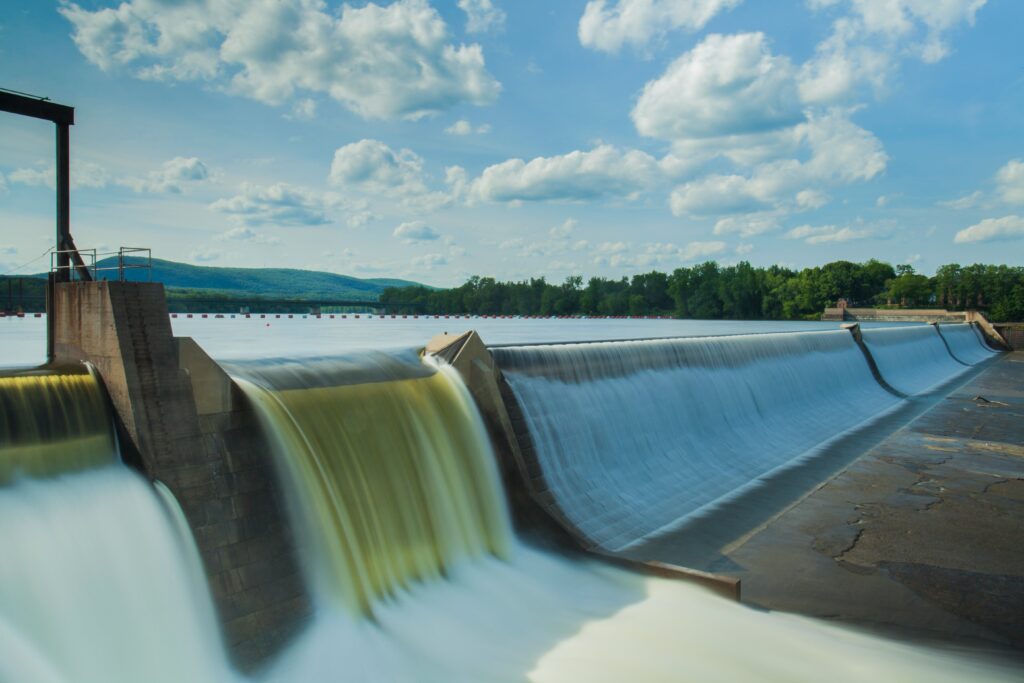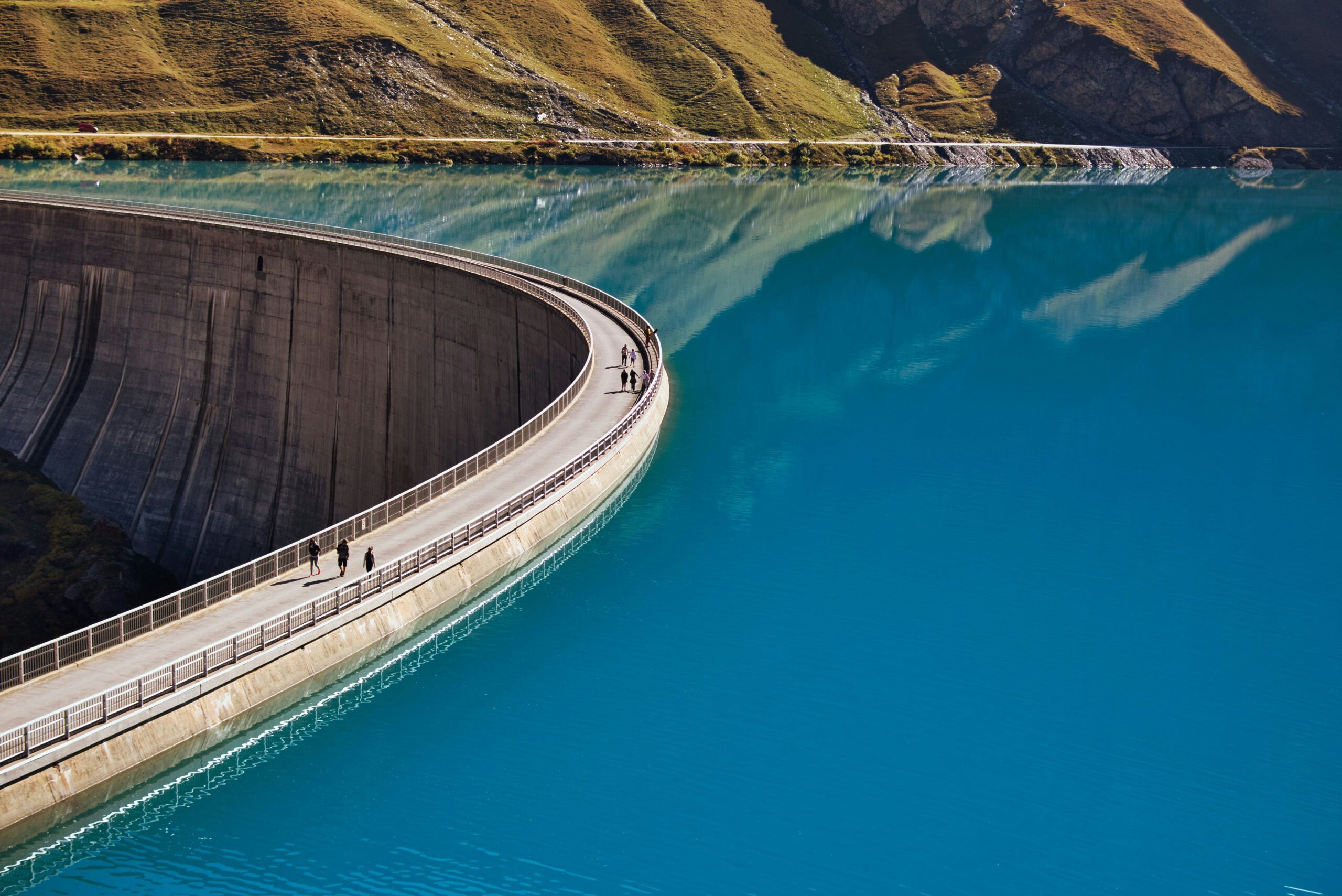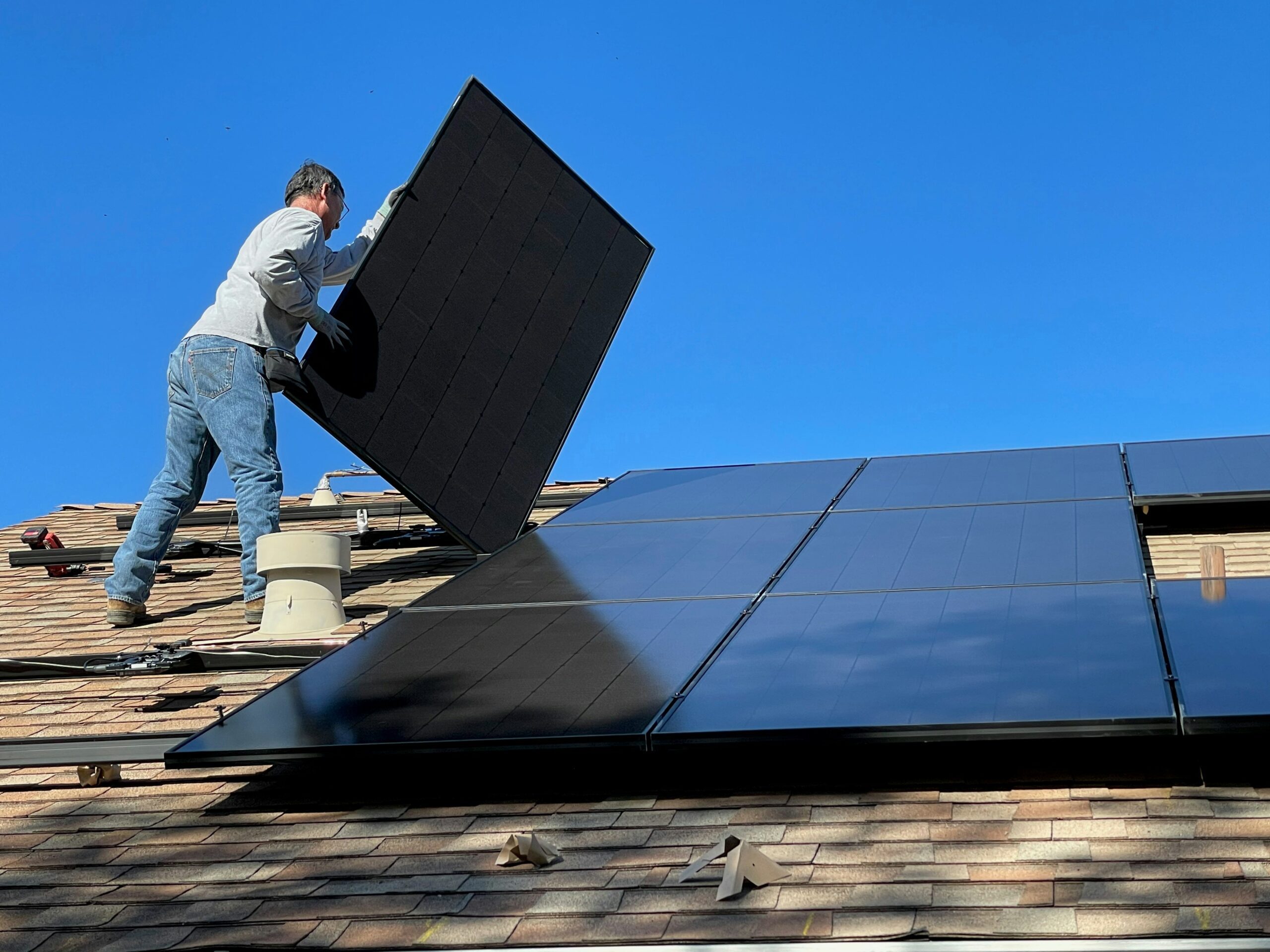Hydropower, which generates electricity by using flowing or falling water to turn turbines, is often hailed as a clean and renewable energy source. However, it may not be the best solution for every region due to various factors:

Geographical Constraints: Hydropower requires suitable geography with rivers or water bodies with significant flow and elevation changes. Not every region has access to such resources. Areas with flat terrain or limited water resources may not be able to harness hydropower effectively.
Environmental Impact: While hydropower is often considered cleaner than fossil fuels, large-scale hydropower projects can still have significant environmental impacts. Dams can disrupt river ecosystems, alter water flow patterns, and displace wildlife and communities. These environmental concerns may make hydropower less desirable, particularly in regions with sensitive ecosystems or protected areas.
Climate Vulnerability: Climate change can affect water availability, which in turn impacts hydropower generation. Changes in precipitation patterns, glacier melt, and seasonal variations can affect the reliability and efficiency of hydropower systems. Regions experiencing water scarcity or increased variability in water flow may find hydropower less dependable as a renewable energy source.
Cost and Infrastructure Requirements: Building hydropower infrastructure, such as dams and reservoirs, can be expensive and time-consuming. Additionally, maintenance and operation costs can be significant over the long term. In regions with limited financial resources or competing priorities, investing in hydropower infrastructure may not be feasible or practical.
Social and Cultural Considerations: Hydropower projects can have social and cultural implications, particularly for indigenous communities and those reliant on rivers for their livelihoods. Displacement of communities, loss of cultural heritage sites, and disruption of traditional practices can lead to social unrest and resistance to hydropower development.
Regulatory and Permitting Challenges: Developing hydropower projects often requires navigating complex regulatory processes and obtaining permits from multiple agencies. This can lead to delays and uncertainties, making it less attractive for investors and developers, especially in regions with bureaucratic inefficiencies or unstable governance.
Technological Limitations: Small-scale hydropower systems may be suitable for certain regions, but they have limitations in terms of energy output and scalability. Developing large-scale hydropower projects may not be feasible or cost-effective in areas with limited water resources or unsuitable geography.
In summary, while hydropower can be a valuable renewable energy source in some regions, its suitability depends on various factors including geography, environmental considerations, social dynamics, and economic feasibility. Policymakers and stakeholders need to carefully assess these factors to determine whether hydropower is the best energy solution for a particular region.

Property Owner’s Guide to Wind Assessment
Conducting a wind resource assessment for property owners involves several steps to determine the feasibility of installing a wind[…]

The Environmental Impact of Hydropower
Hydropower, which harnesses the energy of flowing water to generate electricity, has both environmental benefits and drawbacks. Here’s an[…]

The Science of Solar Cells and Continuous Improvement
The science behind solar cells is continually evolving, driven by efforts to increase efficiency, reduce costs, and expand the